Archives
- 2025-12
- 2025-11
- 2025-10
- 2025-09
- 2025-03
- 2025-02
- 2025-01
- 2024-12
- 2024-11
- 2024-10
- 2024-09
- 2024-08
- 2024-07
- 2024-06
- 2024-05
- 2024-04
- 2024-03
- 2024-02
- 2024-01
- 2023-12
- 2023-11
- 2023-10
- 2023-09
- 2023-08
- 2023-07
- 2023-06
- 2023-05
- 2023-04
- 2023-03
- 2023-02
- 2023-01
- 2022-12
- 2022-11
- 2022-10
- 2022-09
- 2022-08
- 2022-07
- 2022-06
- 2022-05
- 2022-04
- 2022-03
- 2022-02
- 2022-01
- 2021-12
- 2021-11
- 2021-10
- 2021-09
- 2021-08
- 2021-07
- 2021-06
- 2021-05
- 2021-04
- 2021-03
- 2021-02
- 2021-01
- 2020-12
- 2020-11
- 2020-10
- 2020-09
- 2020-08
- 2020-07
- 2020-06
- 2020-05
- 2020-04
- 2020-03
- 2020-02
- 2020-01
- 2019-12
- 2019-11
- 2019-10
- 2019-09
- 2019-08
- 2019-07
- 2019-06
- 2019-05
- 2019-04
- 2018-11
- 2018-10
- 2018-07
-
Through the analysis of various synthetic GPR
2021-11-25
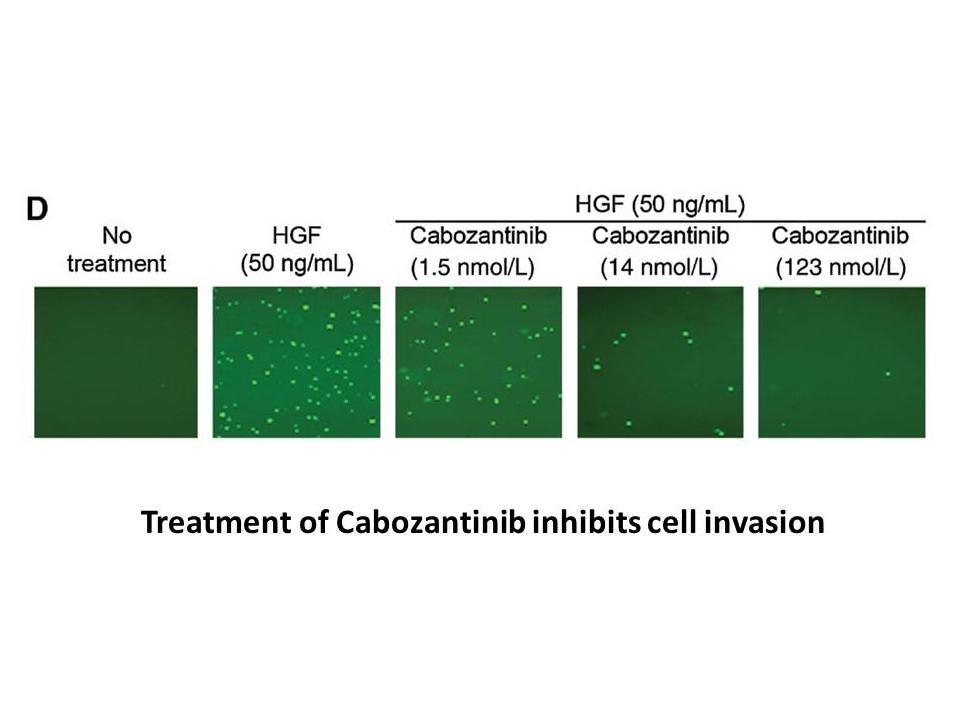
Through the analysis of various synthetic GPR40 agonists as reported in literature, we found that a number of these compounds contained a phenylpropanoic 1 78 motif which was inspired from naturally occurring medium to long chain fatty acids. For instance, in the early period of discovering TAK-875
-
We used a culture model of human erythropoiesis
2021-11-25
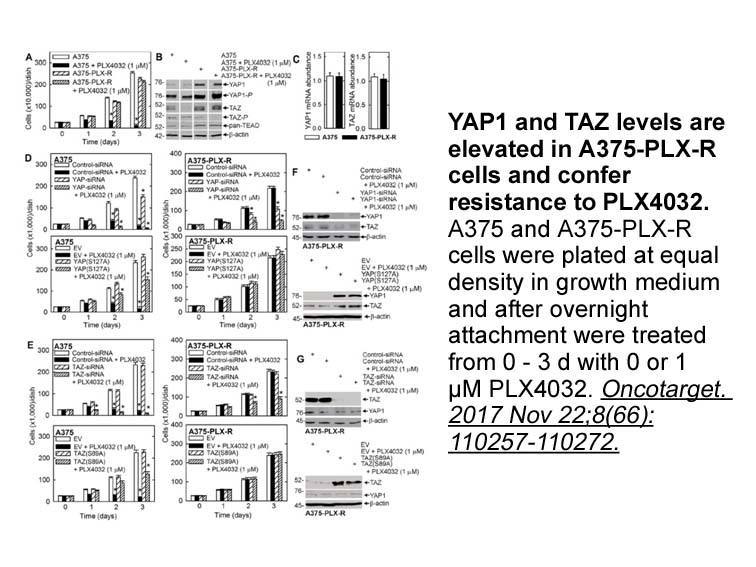
We used a culture model of human erythropoiesis that recapitulates all developmental stages [24] to screen a focused set of lncRNAs for potential contribution to this program. We found induction of lncRNA Fas-antisense 1 (Fas-AS1 or Saf) during RBC maturation and demonstrate that essential erythroid
-
A large body of evidence supports a contribution
2021-11-25
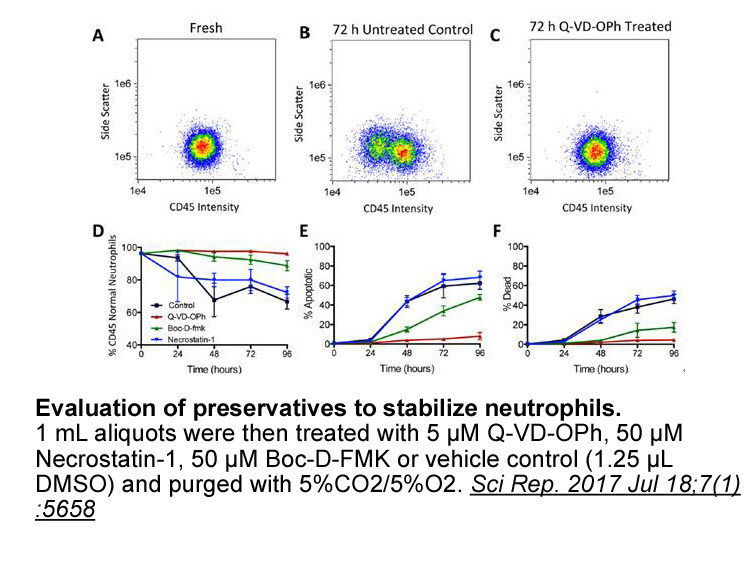
A large body of evidence supports a contribution of the endocannabinoid (eCB) system in the regulation of stress and emotional behavior (Gorzalka and Hill, 2011, Hill and Patel, 2013, Morena et al., 2016). General findings from this work indicate that eCB anandamide signaling is critical for bufferi
-
The molecular mechanisms underlying VSMC ETB receptor
2021-11-25

The molecular mechanisms underlying VSMC ETB receptor upregulation have been studied after 24–48h organ culture in both coronary and cerebral arteries. The increased expression of contractile ETB receptor at these time points has been shown to depend on transcriptional mechanisms and PKC and the ext
-
Taking all these results into account we propose a
2021-11-25
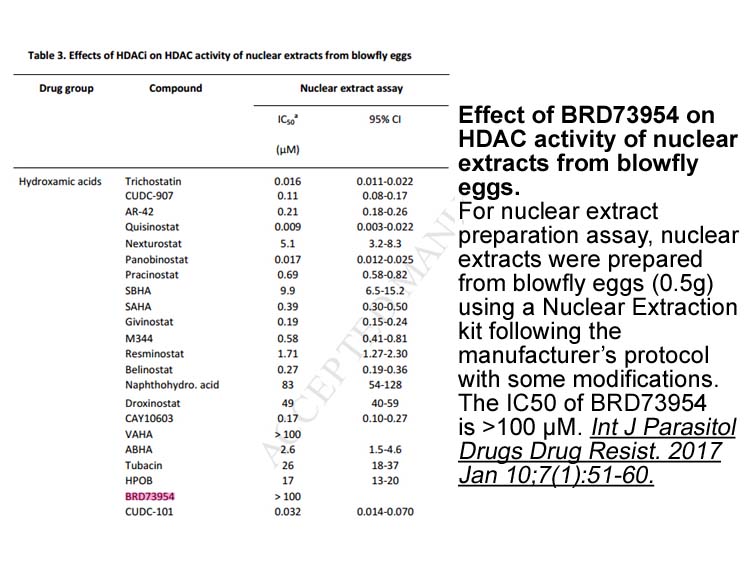
Taking all these results into account, we propose a model for the evolution of HIV DNA forms in blood during the natural history of HIV infection (Fig. 4a). During PHI, the labile linear and episomal HIV DNA forms are particularly abundant and mostly constitute evidence of active replication in rece
-
Mammals adapt to prolonged periods of
2021-11-25
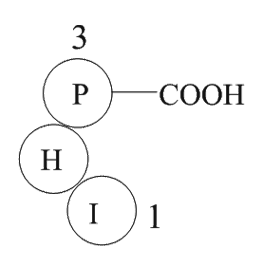
Mammals adapt to prolonged periods of food scarcity by releasing FFAs from adipose tissue and transforming them into energy-rich ketone bodies that are used as fuel by brain, muscle, and other organs (Kersten, 2014, Grabacka et al., 2016). Ketogenesis occurs primarily in hepatocytes, but its rate is
-
br Materials and methods br Results Estimations of OMP
2021-11-25
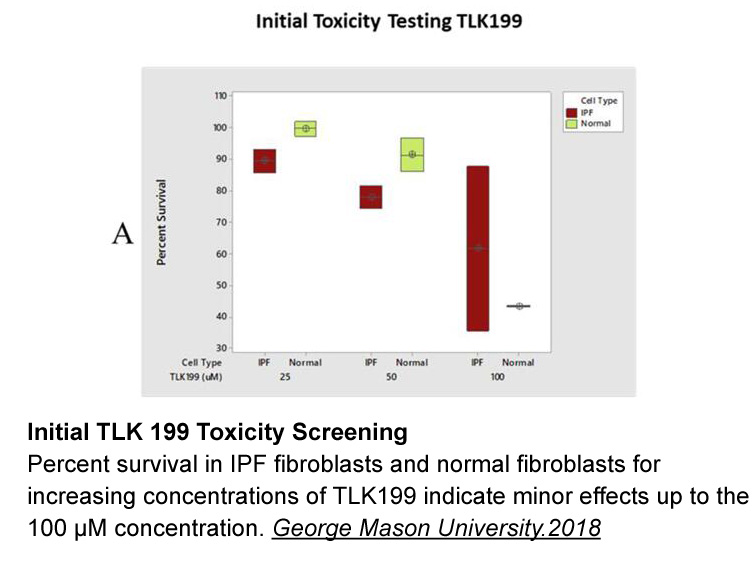
Materials and methods Results Estimations of OMP generated by the proposed mechanism (Fig. 1) were first performed for the range of 0.001–2 mM of Argatroban mg concentration in the cytosol. It was assumed that only 5% of all VDACs in MOM form the ANT-VDAC1-HKI contact sites, and that the fract
-
In addition to the importance of heme as an enzymatic
2021-11-25

In addition to the importance of heme as an enzymatic cofactor, heme also acts as an important iron source. In order to access the iron within heme, S. aureus encodes heme degrading enzymes known as heme oxygenases (Skaar et al., 2004b; Wu et al., 2005). The two heme oxygenases encoded by S. aureus,
-
br Effect http www apexbt com media diy images
2021-11-25
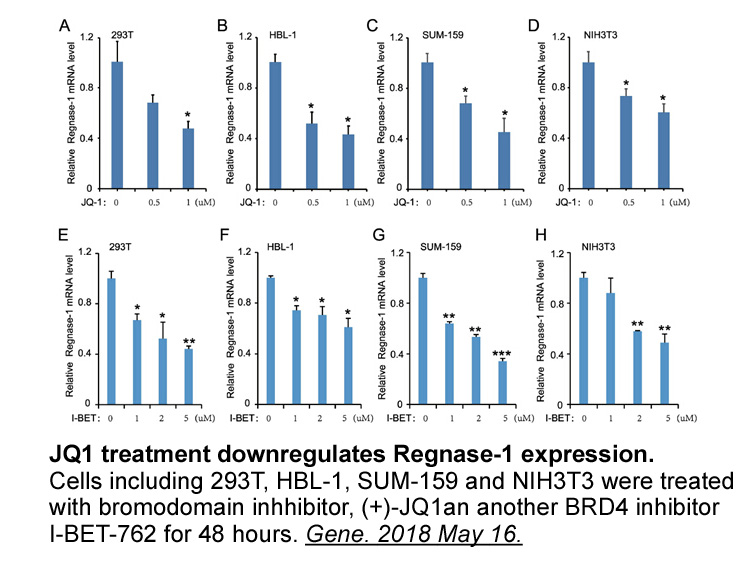
Effect of HDACi on Proteasomal Regulation of IκBα and p65 Levels At the transcriptional level, expression of CXCL8, as well as many other proinflammatory chemokines, is regulated by the transcription factor NFκB, which is constitutively activated in solid cancers, including OC, lung, and breast c
-
When analyzing HIV AIDS patients in
2021-11-25
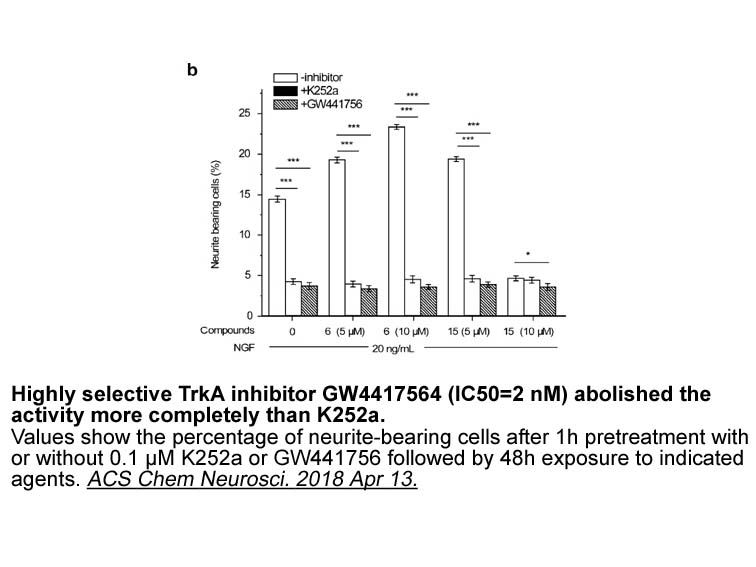
When analyzing HIV/AIDS patients in São Paulo, we detected an association between HIV/HTLV-1/2 infection in black/pardo-colored individuals (OR 2.21, 95% CI 1.21–4.03). However, the majority of serum samples were from patients attending specialized services for hepatitis, other than HIV/AIDS or HTLV
-
HBV VL quantitation has been shown to be affected by
2021-11-25

HBV VL quantitation has been shown to be affected by genotype/subtype, and varying degrees of positive and negative bias has been seen in previous comparison studies when analyzing across HBV genotypes. In studies comparing RealTime and Cobas for example, negative bias of ∼0.25 log10 was seen for ge
-
Organisms can adapt to increasing ROS production by up regul
2021-11-25

Organisms can adapt to increasing ROS production by up-regulating antioxidant defences, such as the activities of antioxidant enzymes (Livingstone, 2003). Failure of antioxidant defences to detoxify excess ROS production can lead to significant oxidative damage including enzyme inactivation, protein
-
UV vis spectra of hsGC proteins
2021-11-25
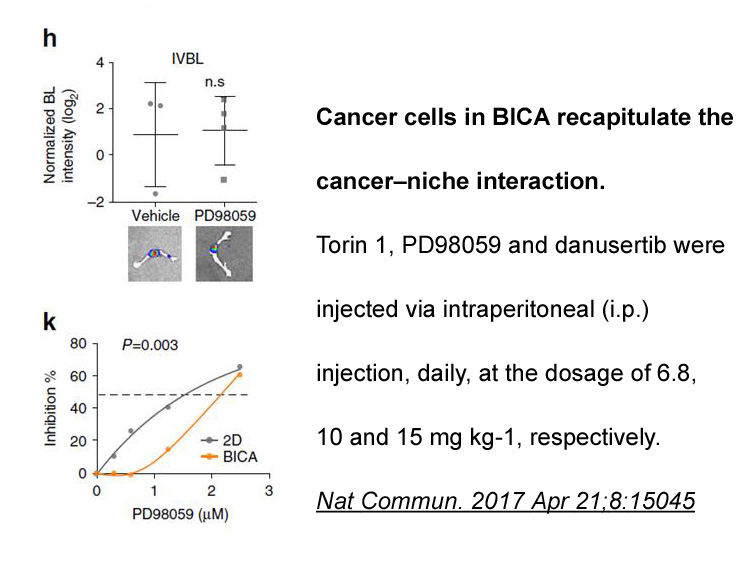
UV–vis spectra of hsGC proteins were recorded with an HP8453 UV–vis spectrophotometer at 20°C. The corresponding ferrous, CO-bound and NO-bound species were prepared with the similar published procedure [7], [15]. The heme transfer reactions were performed by a UV–vis spectrometer with kinetic mode
-
(+)-Aphidicolin PDEs a group of metallophosphohydrolases
2021-11-25
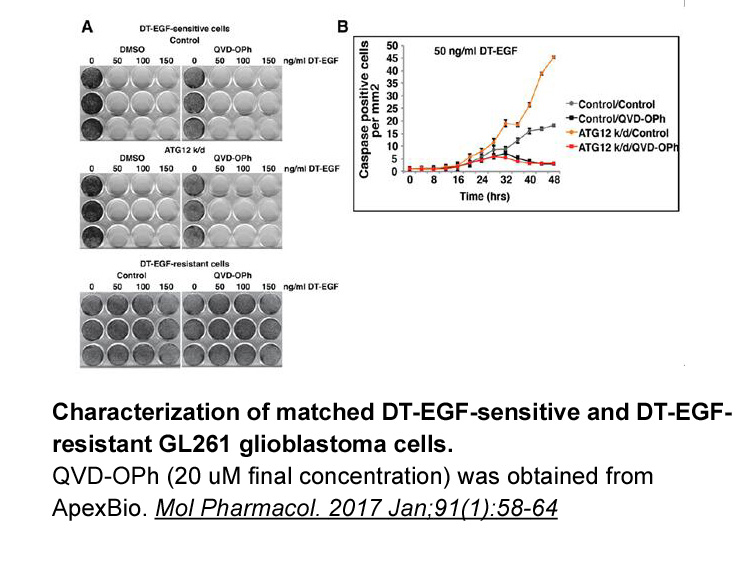
PDEs, a group of metallophosphohydrolases, hydrolyze the 3′,5′-cyclic phosphate group on cyclic nucleotides to a 5′-monophosphate, thereby blocking cyclic AMP (cAMP) or cGMP signaling [8,9]. There are different types of PDE isozymes, with different substrate specificities. PDE5 (specific to cGMP) an
-
Several studies have found that GPR possesses a distinct
2021-11-24
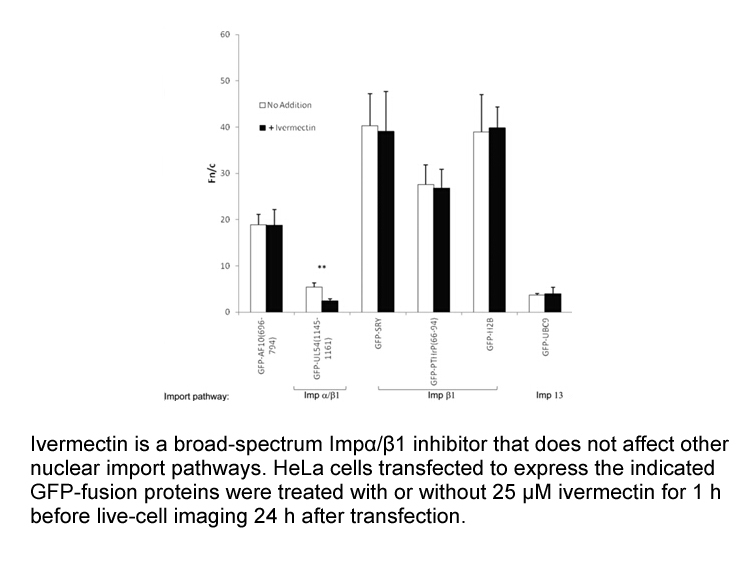
Several studies have found that GPR55 possesses a distinct pharmacology from that of CB1 and CB2, and that only certain cannabinoids act at this receptor. In transfected WZ4003 receptor expressing hGPR55, out of more than 20 synthetic and endogenous cannabinoids evaluated, only 2 compounds, SR14171
16346 records 552/1090 page Previous Next First page 上5页 551552553554555 下5页 Last page